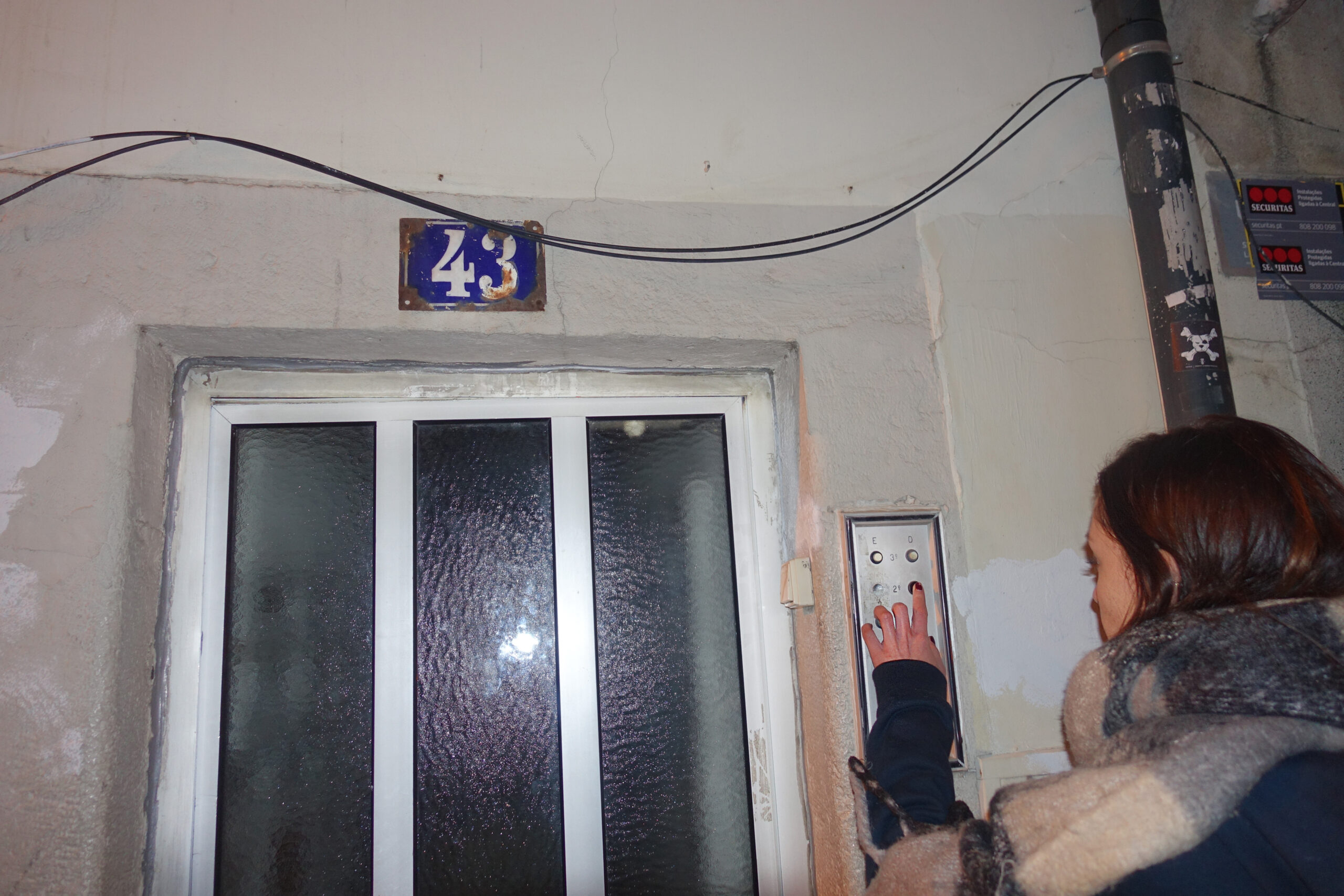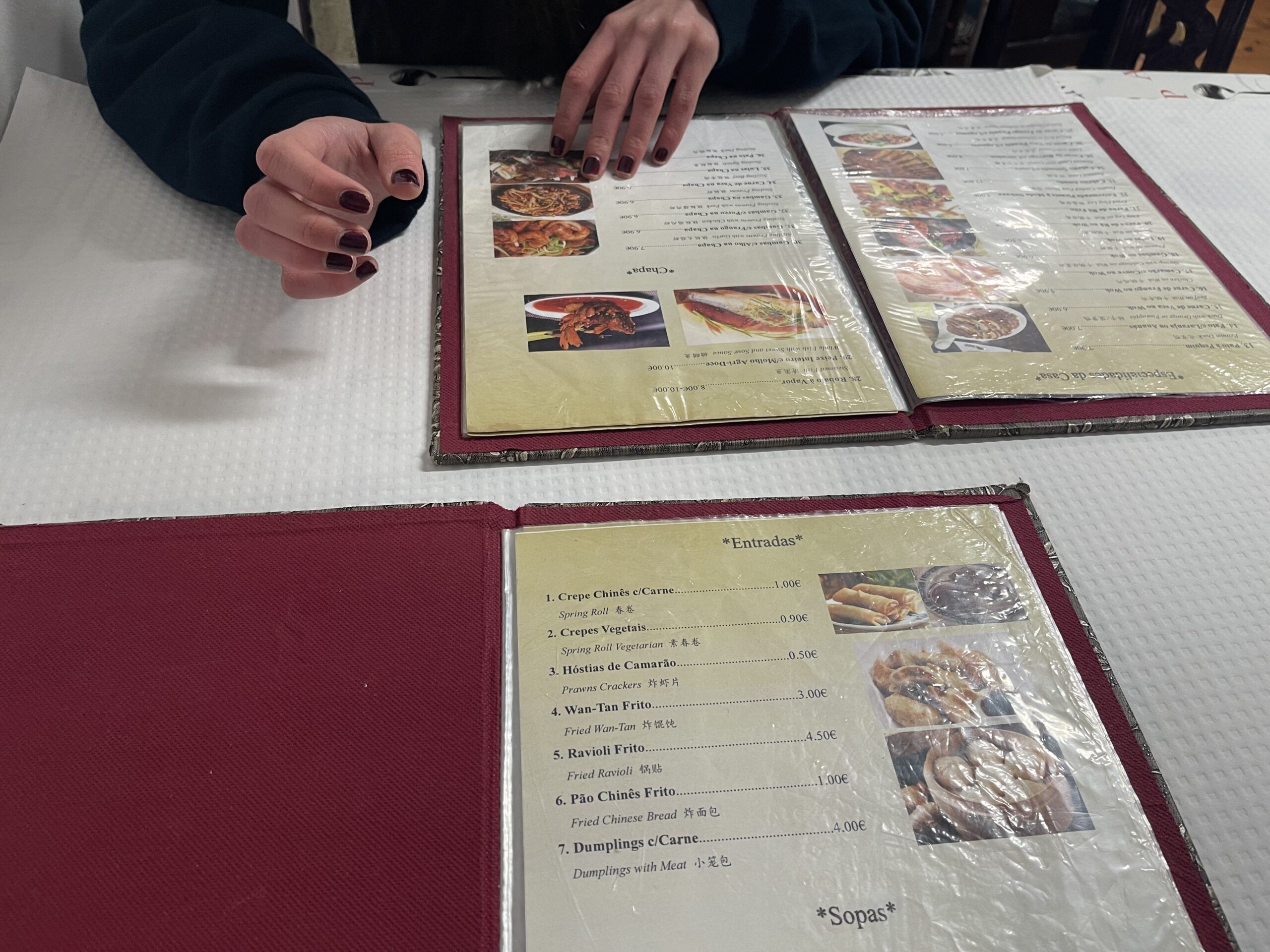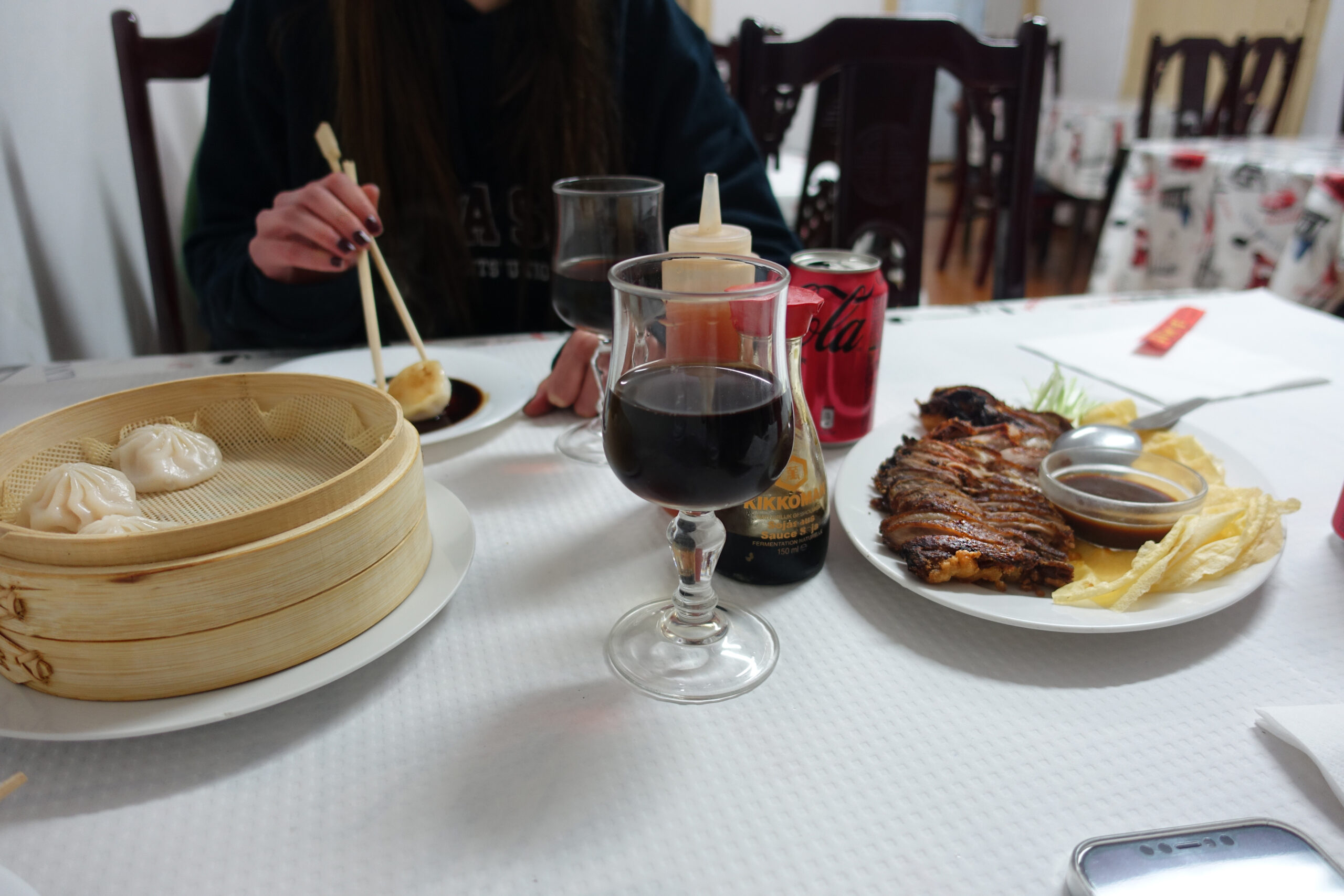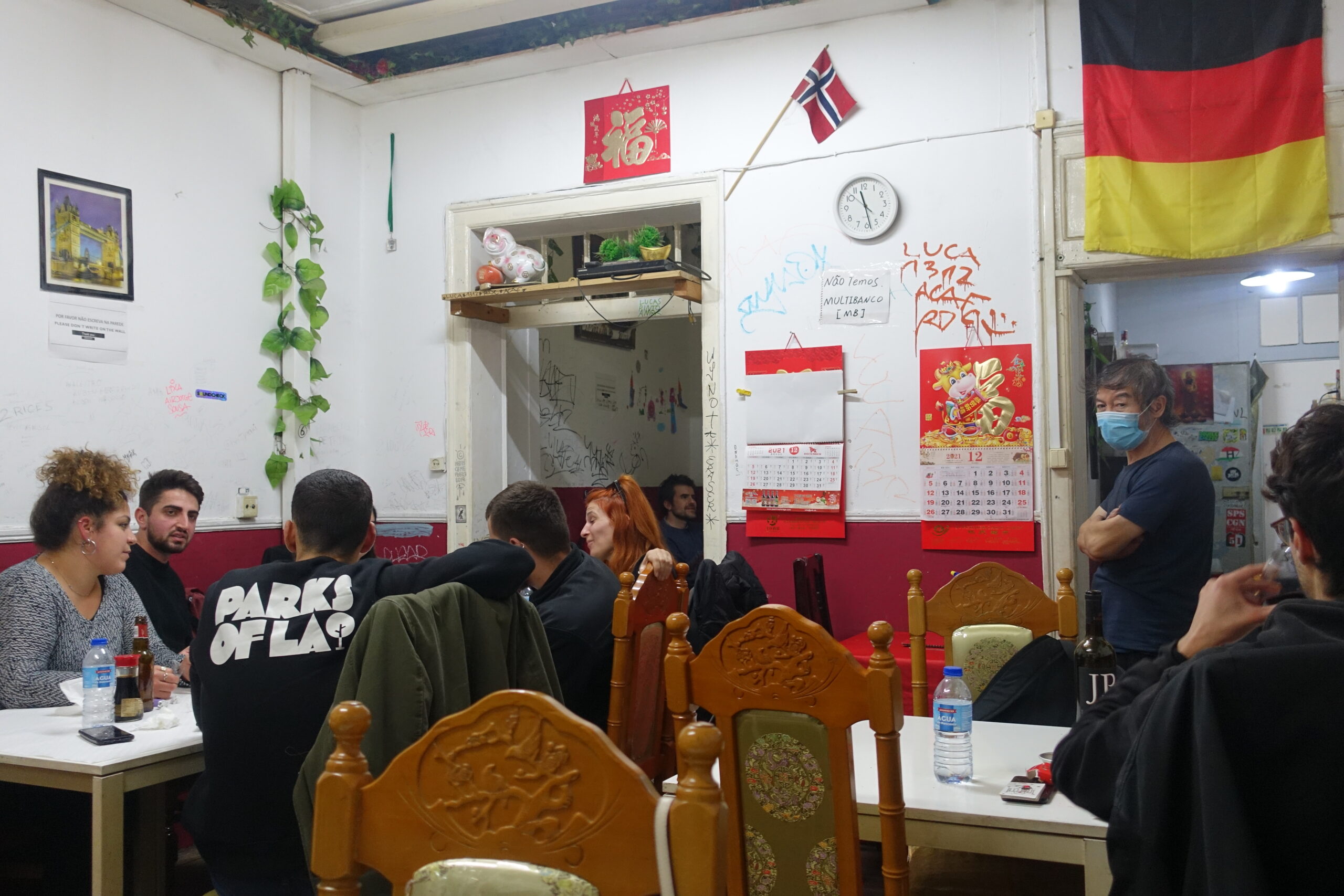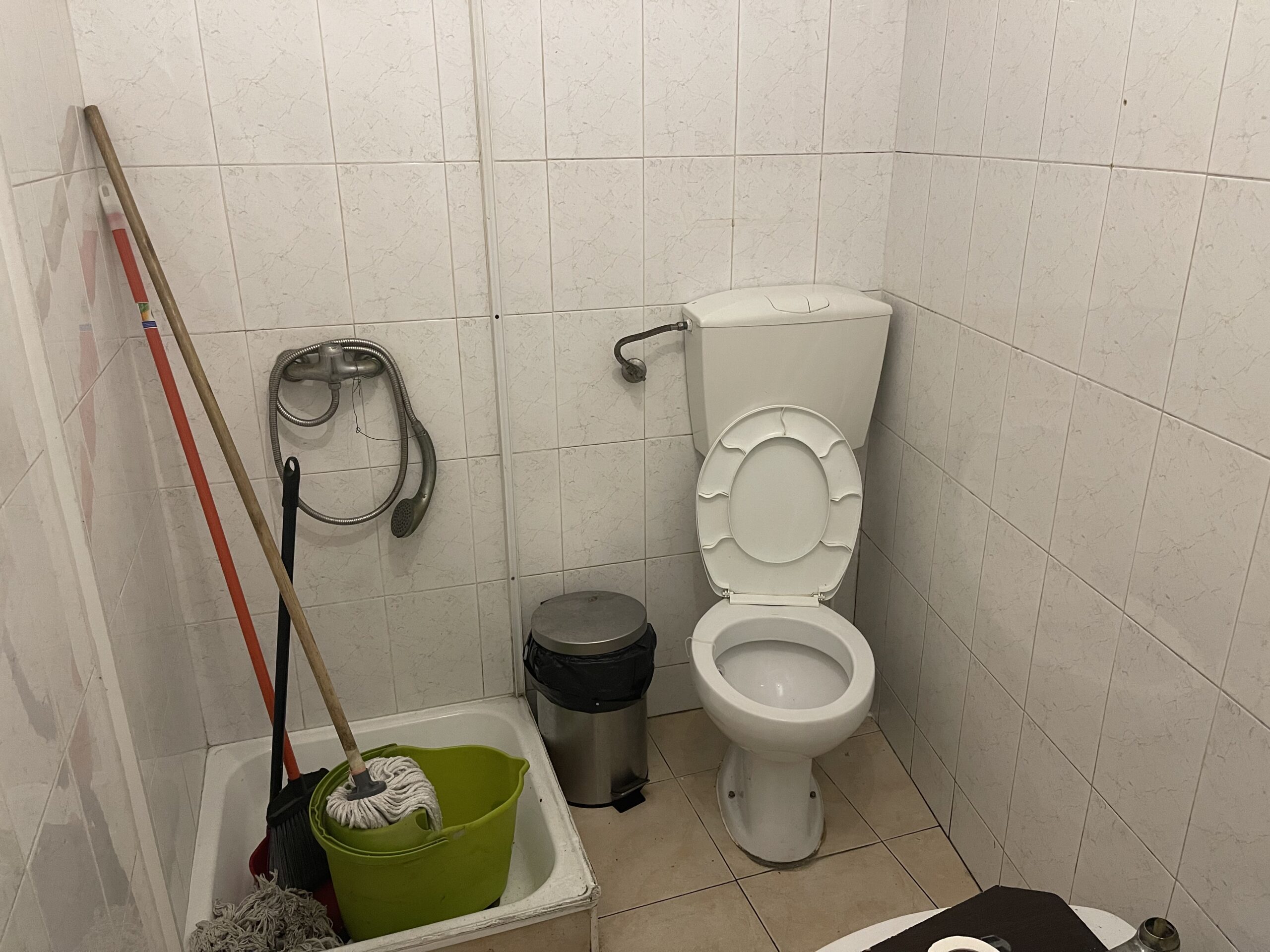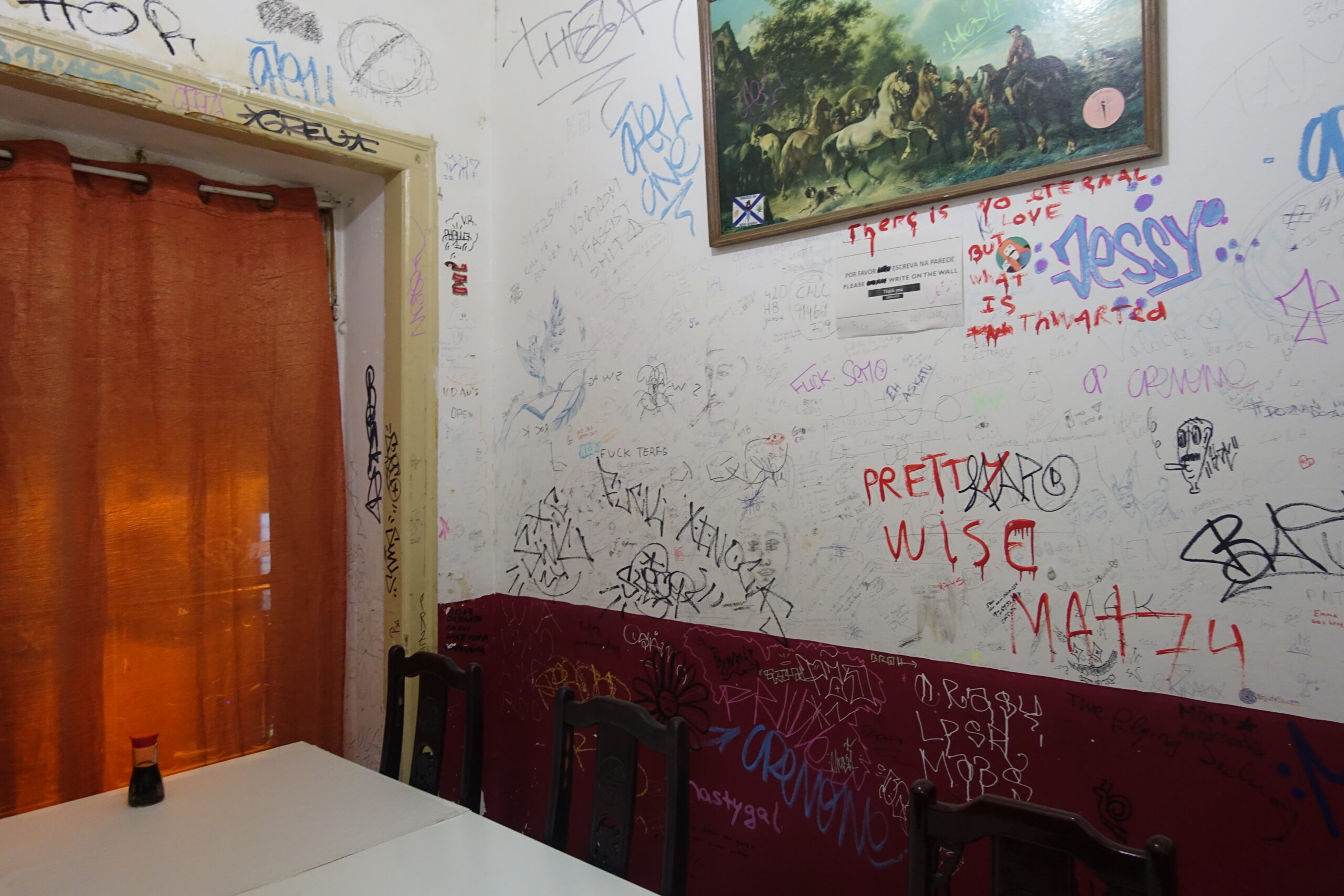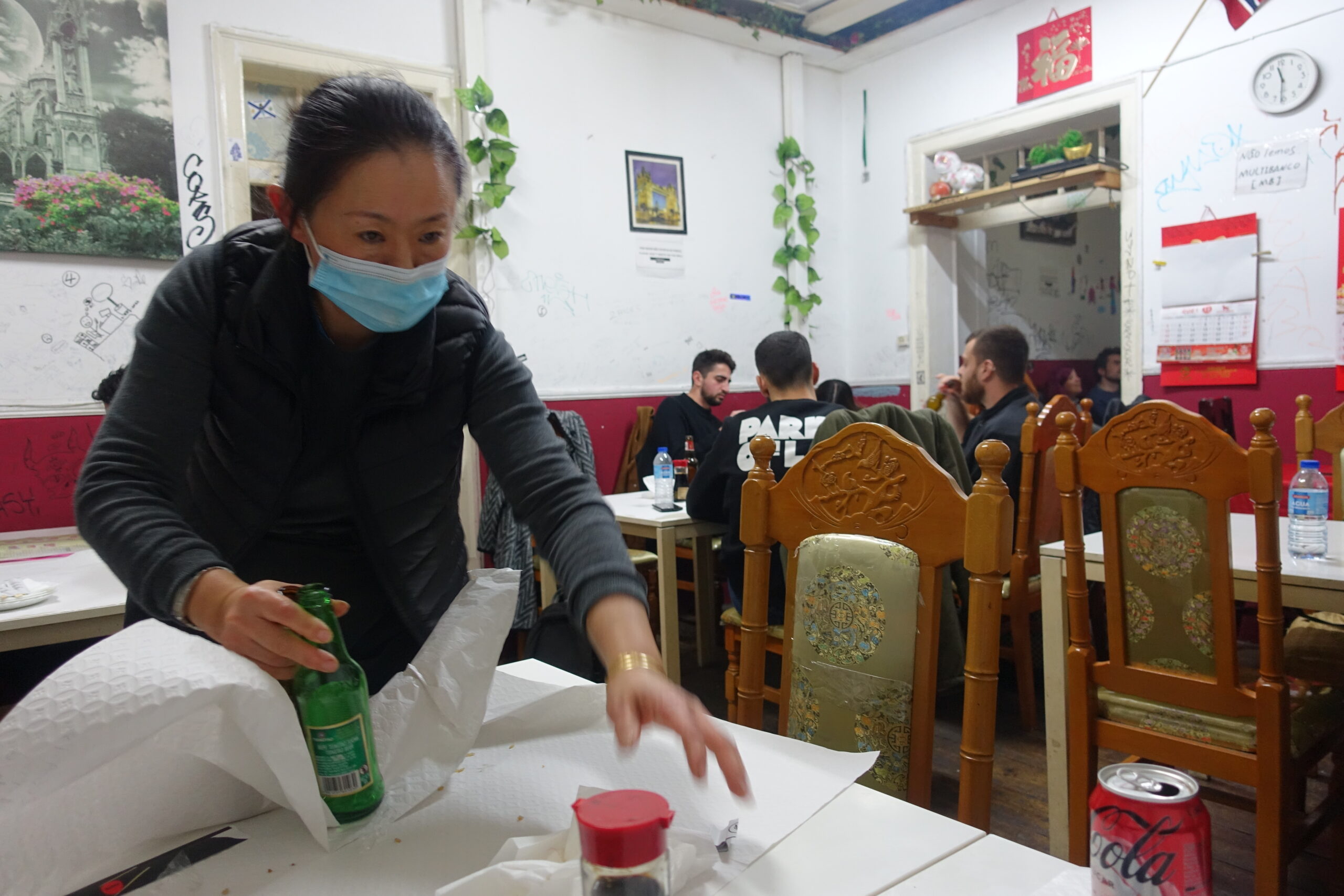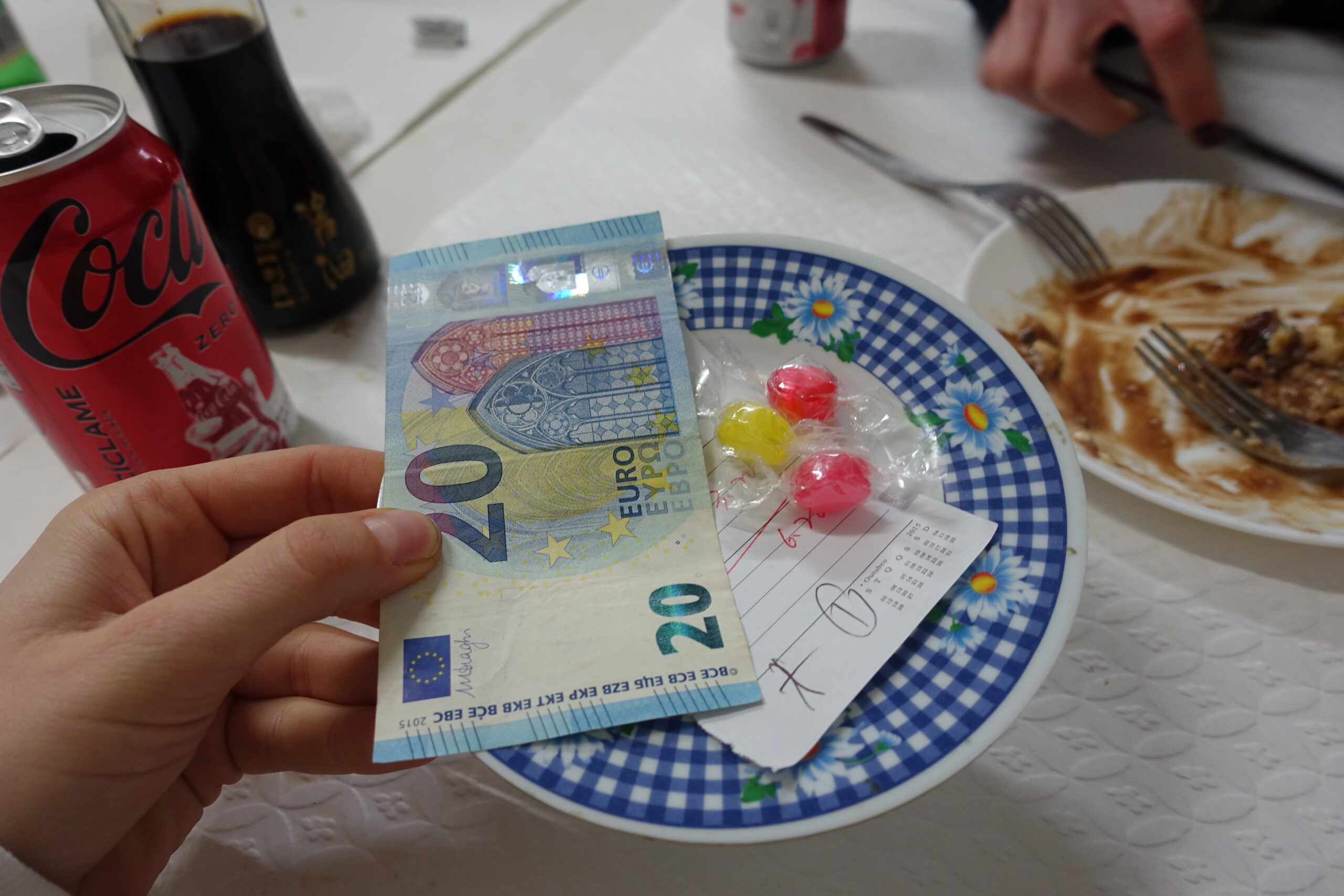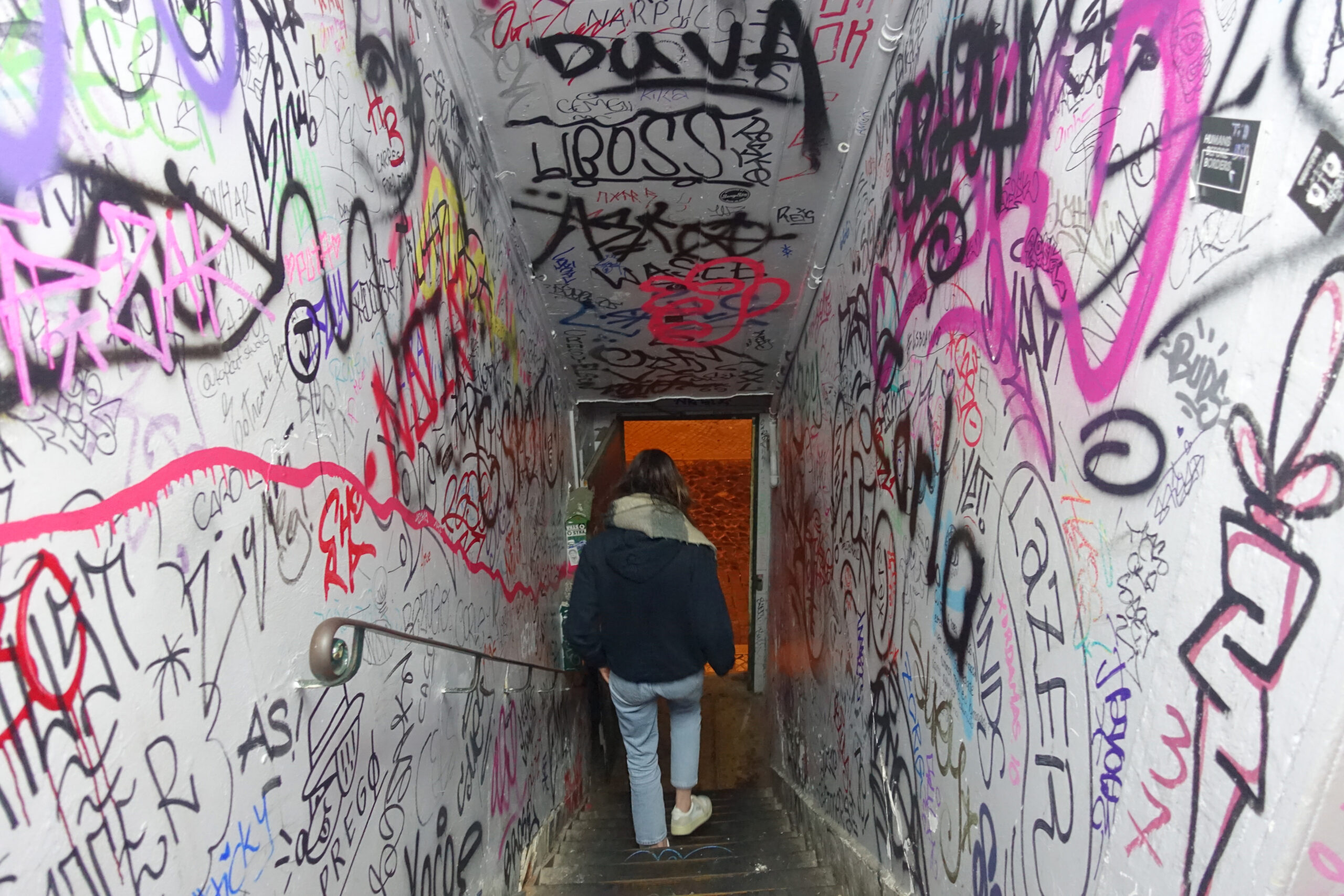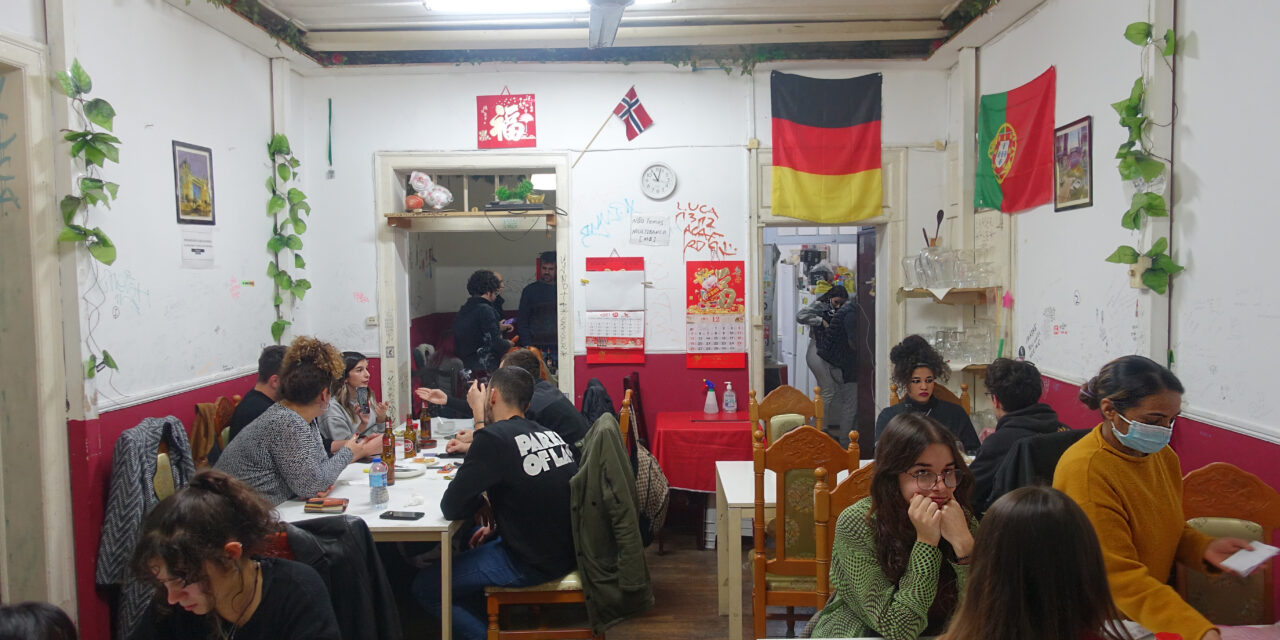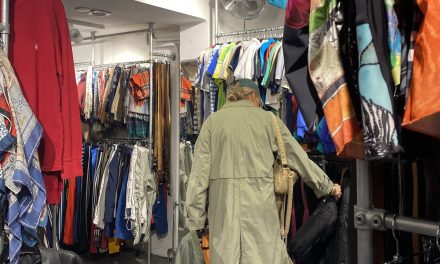Hungry to experience an unusual place in Lisbon? The illegal Chinese restaurants do exist. The trick: ask a friend who knows the place to take you there, call to reserve your table and don’t forget to ask for the location. Then, all you have to do is go there and make your own opinion about these restaurants.
Lisbon is a city famous for its typical food that attracts a large number of tourists. There are plenty of good restaurants scattered around the city, with an easy access. To spot illegal Chinese restaurants, the better is to venture into the Martim Moniz district and get lost in the small streets around. It’s also a way to see another side of the Portuguese city. Two areas are well known: the Benformoso Street and the Guia Street. What is behind these mysterious illegal restaurants? Miriam Thaler who wrote an article for the website Dispatches explains: “I’ve been in four different restaurants. I felt like an intruder going there to eat. It was an interesting experience. She continues: “There was an increasing immigration to Portugal by Chinese. I think it was a good idea to open a restaurant and to present a special cuisine as a source of income.”

One of the streets with the most illegal Chinese restaurants.
Who are these people?
The people who run these restaurants are mostly Chinese. “Portugal has a historical connection with Macao, a Chinese region. Until the 19s, the region was administrated by the country. It’s probably a phenomenon”, states Thaler. She continues: “There was this immigration starting and it became a pull factor”. The owners of these restaurants moved with their families. In most cases, the men are waiters, and the women cook. Concerning the languages, most of them don’t speak either Portuguese or English, which makes it difficult to communicate with the customers. Máté Tomojzer, who is studying his Master’s Degree in Lisbon, expresses himself: “I’ve been more than 10 times in these restaurants. It’s difficult to communicate with them because they only speak Chinese.” He continues: “But the main owner is available 24/7 on WhatsApp and is very welcoming. Sometimes he tells us insight of his personal life”.
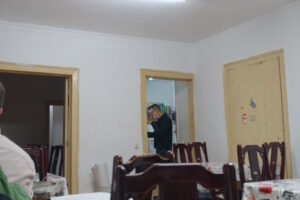
The owner called “Yang” smoking in the front kitchen.
Lisbon: a popular landing place for Chinese immigrants
In the year of 2000, there was an increase of 33.1% of Chinese migrants in Martim Moniz district. Irene de Assunçao Rodrigues, who is specialized in Anthropology of Religion and Symbolic, wrote that Martim Moniz square is the area exhibiting the largest concentration of Chinese businesses, services, and residencies in Lisbon. The first Chinese businesses opened at the beginning of the 1990s. Still now, many people arrive in this place to either work for a Chinese boss or to invest money because Martim Moniz is reputed as being a good place for Chinese to get rich. Zhiaming Lu is a concrete example that illegal restaurants can lead to success. He arrived in Lisbon fourteen years ago with his entire family, after being named one of the best chefs in northern China. Thaler explains: “He opened one of the first illegal restaurants in his apartment on Beformoso Street. Later, with all the money he got, he opened a well-known Chinese restaurant that is now properly official and legal”.
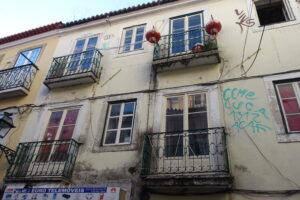
The facade of one of the restaurants on Benformoso Street.
On internet, it’s not easy to find the necessary information about illegal Chinese restaurants. Only some of them appear such as the “Clandestino” or the “Hidden Chinese restaurant”. Tomojzer explains: “My local friend brought me to one of the main illegal restaurants in Martim Moniz. He knew this place thanks to word of mouth from other friends”. To book a table, the customers must have the owner’s phone number and contact him via WhatsApp.
“The authorities accept because it is a very open secret”
One of the biggest questions that comes up is whether the Lisbon authorities are aware of the existence of these illegal restaurants. “Local authorities are well aware however they can’t regulate or control the restaurants as it’s a business operated in the own house of the family welcoming the guests”, explains Tomojzer. Lucy Bryson who has written about these restaurants for vice and Gastro Obscura, expresses the same opinion: “There are various theories as to why the authorities turn a blind eye to the irregular ones. If some restaurants were to be closed, another would open in the next building, same team”.
Delicious, cheap, fast but not very clean
What makes the illegal restaurants different is that they are all located in apartment buildings where the Clandestine Chinese live. On the outside, there is literally no sign except for a few Chinese handwritten characters near the front door or on the windows. The door is always closed, and it is necessary to ring the doorbell to enter. Inside, there are a few tables, a toilet, the front kitchen, and the kitchen hidden by a sheet. Tomojzer describes: “The kitchen is very isolated from the dining room. I can suspect that it’s not up to western European standards.” He continues: “The clients’ toilets are the same one used by the staff, so the cleanliness is barely acceptable. However, it’s up to the level as someone would expect from such a place, not worse”. To order, the waiter brings a menu in the form of a numbered list, along with a notepad and a pen. After few minutes, the first dish arrives. A positive point for the most impatient ones.
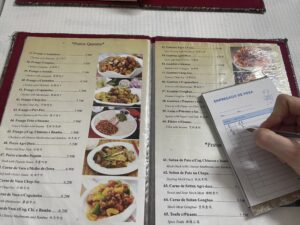
Ordering with a notepad and a pen.
To conclude, the illegal restaurants are very popular among the locals and attract a bunch of international people. Going to an illegal restaurant in Lisbon and looking after it, it’s part of the thrill. Tomojzer says: “I do support these restaurants and believe that more people should know them as they are for me part of the Lisbon experience and show us something that is not to be seen elsewhere in Europe”. Bryson confirms this positive opinion by saying: “The food is very authentic Chinese, in huge portions and at great prices – what’s not to love?”.
